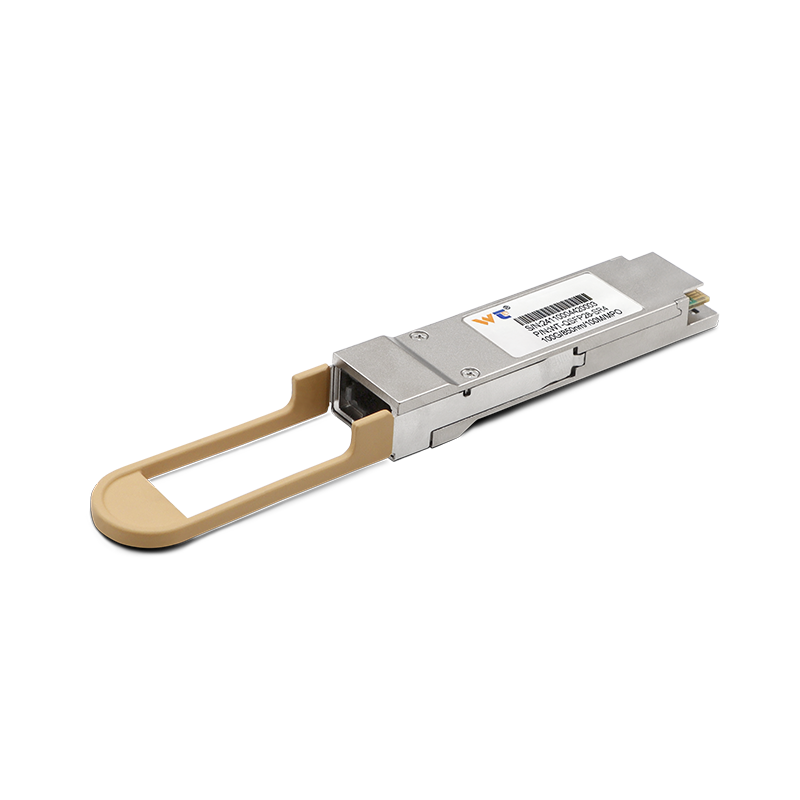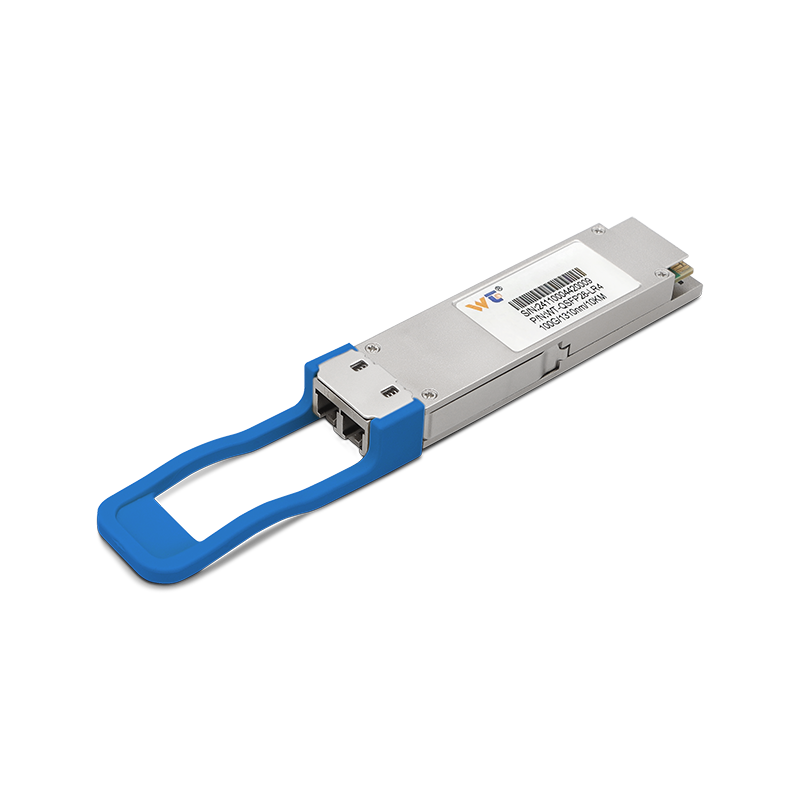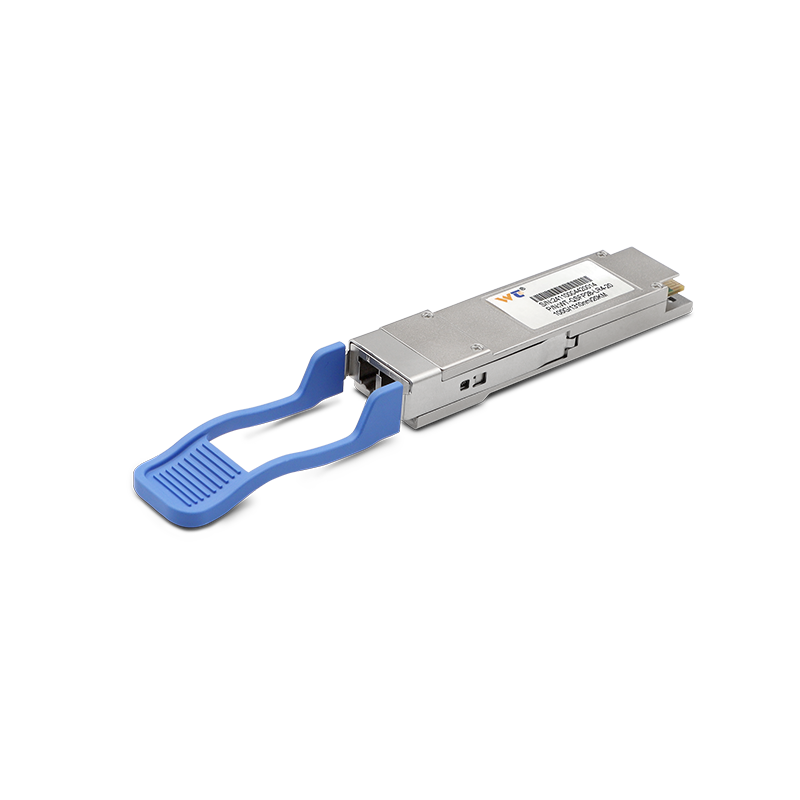When a network loop strikes, it can feel like the world is crashing down for network engineers. But hold on! It’s super important not to lose your cool. As someone navigating this tech landscape, understanding what’s happening and how to fix it with the Spanning Tree Protocol (STP) is key. These pesky loops can wreak havoc—think broadcast storms or devices dragging their feet, making performance take a nosedive. So, let’s dive into how STP can be your knight in shining armor for keeping that network running like a well-oiled machine.
Network loops are sneaky little troublemakers that pop up when there are multiple routes for data to travel between switches. On the surface, having redundancy seems smart. After all, who wouldn’t want a backup? But put these multiple paths together, and you could find yourself in a chaotic situation called a broadcast storm—where packets get caught in a never-ending loop, which clogs up your network and slows everything down to a crawl. That’s where STP comes to the rescue. This handy link-layer protocol detects those redundancies, choosing specific ports to either block or allow traffic to flow, thus keeping loops at bay. It works by electing a root bridge and figuring out the roles of each port, ensuring data can travel efficiently while maintaining a loop-free structure.
To really get a handle on STP, you need to grasp some of its core components. Key players in this game include: Bridge Protocol Data Units (BPDUs), the messages switches use to chat about the network layout. The root bridge becomes the anchor point for all our spanning tree calculations. Each switch figures out where it stands concerning the root, leading to the designation of ports—some will be open to forward traffic, while others will be blocked to avoid creating loops. The whole algorithm rolls into play by assessing the lowest path cost to the root bridge, ensuring we’re clinging to the most efficient routes and tossing the unnecessary ones aside.
So, how do we put STP into action? Well, it helps to break it down into a few straightforward steps:
- Identify the Network Topology: Take the time to draw out all switches and their connections clearly.
- Determine the Root Bridge: Use the bridge ID to pick the device with the lowest identifier—it’s like a game of tech tag.
- Configure Priority Settings: Tweak the switch priorities so you can steer the election of the root bridge.
- Analyze Costs: Figure out how much each path costs from each switch to the root.
- Configure Port Roles: Decide which ports get the green light to forward data and which should be on lockdown.
- Monitor Network Traffic: Keep an eye on the network to make sure STP is doing its job right.
Looking ahead, it’s intriguing to ponder how emerging technologies might change the way we tackle loop issues. For example, diving into Rapid Spanning Tree Protocol (RSTP) could help speed up recovery times when things go south. Plus, imagine integrating Artificial Intelligence to actively monitor the network topology in real-time, catching potential loops before they even have a chance to stir trouble.
So, what can you expect if you stick to these practices diligently? Your network’s stability and dependability could skyrocket, slashing downtime and improving overall performance.
If you manage STP well, you’re setting yourself up for a solid drop in network loop incidents and a boost in how efficiently data packets get delivered.
Let’s tackle some common questions:
- How can I quickly troubleshoot a loop? Reach for network management tools to spot unexpected traffic surges and dive into BPDU transmissions.
- What are some tell-tale signs of a network loop? Watch for sluggish performance, overloaded switches, or trouble accessing certain resources—it’s like your network screaming for help.
Engaging with your network regularly isn’t just a task—it’s an opportunity to polish up performance and responsiveness. Dive into those strategies without hesitation! Get into the habit of examining network behavior and configuring your STP settings actively.
In summary, getting to grips with STP is absolutely crucial for any network engineer tackling loops. By closely examining this protocol and practicing its applications, you’ll be better equipped to manage and preempt network loops successfully. The insights you’ll gain through thorough preparation, smart configurations, and ongoing monitoring will pay off big time. Embrace the challenge, and your network will hum along much more smoothly. Implementing these strategies not only enhances network health but also arms you with valuable troubleshooting experience, paving the way for greater operational efficiency. What you do today will set the stage for a sturdier, more reliable network tomorrow!






